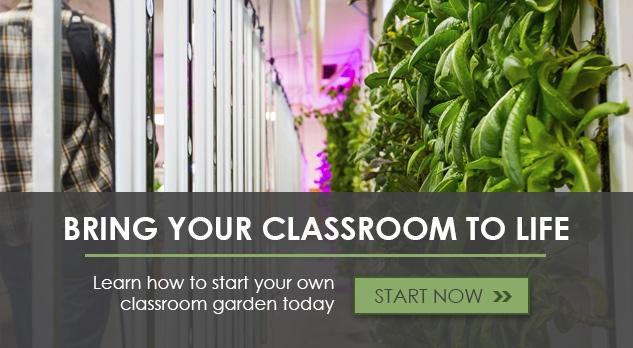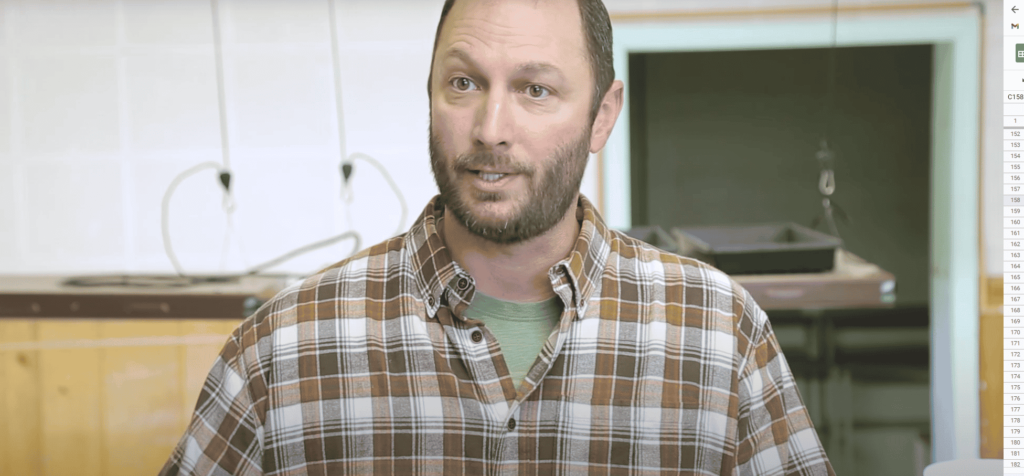Vermiculture: harvesting the power of worms
Vermiculture systems or worms bins to break down the organic material in compost. Worms can expedite the break-down process as they digest organic waste; compost like leftover produce goes in, nutrient-rich compost comes out. Vermicompost systems consist of bins with a filler media like coco coir housing hundreds or thousands of worms. Growers add compost to the top of the bin(s). Over time, the compost is broken down and compacts. In some systems, the bins have holes in the bottom and are stacked. As the compost is broken down, smaller particles work their way through the bottom of the bins. Since most of the raw compost is at the top of the bins, worms move upward through the process. Eventually, the bottom bin contains only ready-to-use compost and no (or nearly no) worms. Growers harvest the ready compost and place the newly emptied bin back at the top.Fast and space-conserving
Why wouldn’t a grower just use compost? Worm bins bring all the benefits of compost – like accessible plant nutrition – but faster. This speed is useful by itself, but some indoor growers or growers with little space take vermicomposting a step further by extracting the nutrients into a “tea”. When steeped into a tea (sometimes called “worm tea”), growers can add nutrients to their soil garden beds without having to add actual compost.Materials and process
The Edible Learning Lab uses stacked vermiculture bins, but vermiculture can be done easily in DIY systems as well. The 3 main parts of the system are: 1) Bins Either manufactured or plain storage bins will work to start a vermiculture system. We used a simple plastic tote bin from Walmart for years. Without a stacked system, just remember to harvest compost from the bottom of the bin. You may prefer to use several bins and rotate them at different stages of the composting process.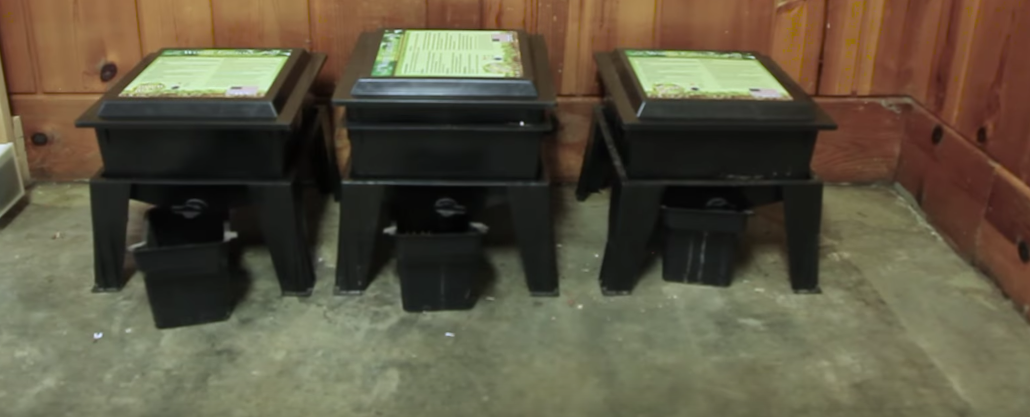 2) Coir/shredded paper and compost
Start with a small amount of media to house the worms and keep them protected while compost accumulates in the bin. The ratios of media to compost and the type of media you use that you use will determine the main nutrients that you add to your system. High paper and woody products will results in higher nitrogen, for example.
2) Coir/shredded paper and compost
Start with a small amount of media to house the worms and keep them protected while compost accumulates in the bin. The ratios of media to compost and the type of media you use that you use will determine the main nutrients that you add to your system. High paper and woody products will results in higher nitrogen, for example.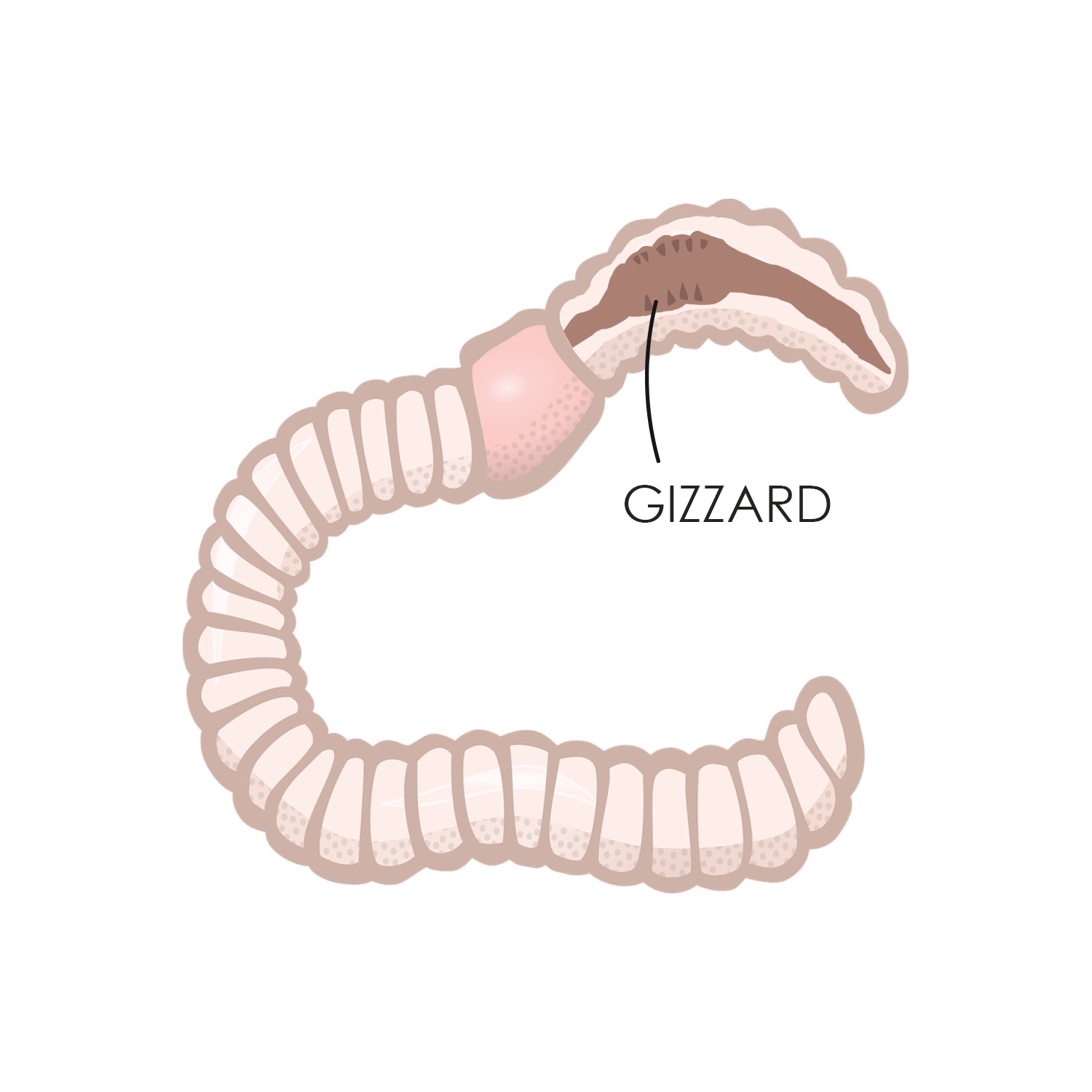 3) Mineral dust
Like turkeys, worms have gizzards. Rock dust in the gizzard helps them to grind and break down food after it enters through their mouth.
Add a bit of mineral dust or fine sand to the vermicompost to make sure the worms have what they need.
3) Mineral dust
Like turkeys, worms have gizzards. Rock dust in the gizzard helps them to grind and break down food after it enters through their mouth.
Add a bit of mineral dust or fine sand to the vermicompost to make sure the worms have what they need.
Management: add moisture, add compost, harvest
Managing the compost bin shouldn’t take more than 2-3 minutes a day. Most days you will:- Check the bins
- Add moisture if necessary
- Add compost
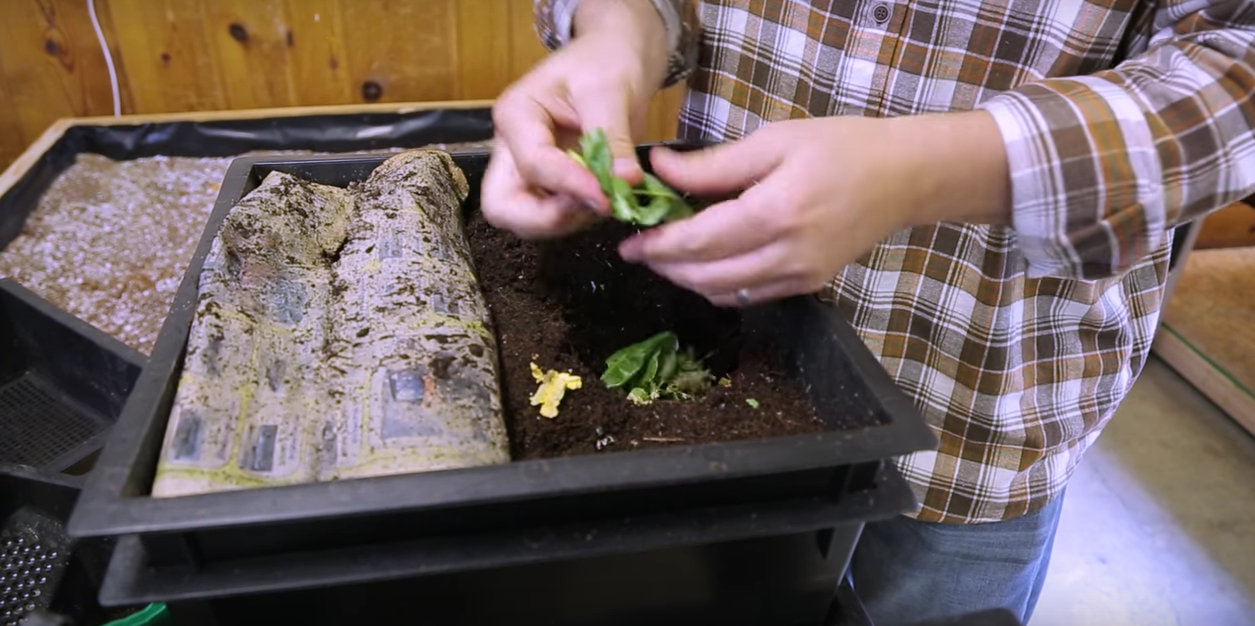 You’ll get a feel for how quickly your worms are breaking down the compost that you add to the bin. If there is a lot of unprocessed compost in the bin, wait for the worms to catch up. If the compost is moving through the system rapidly, increase feeding a bit. The Edible Learning Lab feeds their bins every other day.
Harvesting the compost is as easy as removing the fine soil from the bottom of the bin. The Edible Learning Lab turns their compost into compost tea to use as a soil drench. Other growers may add it directly to garden beds or seedling systems.
Compost tea is a great way for other growers to supplement nutrients, however. Tim Minor at the Edible Learning Lab uses compost to fertilize his raised beds and teach his students about growing food!
You’ll get a feel for how quickly your worms are breaking down the compost that you add to the bin. If there is a lot of unprocessed compost in the bin, wait for the worms to catch up. If the compost is moving through the system rapidly, increase feeding a bit. The Edible Learning Lab feeds their bins every other day.
Harvesting the compost is as easy as removing the fine soil from the bottom of the bin. The Edible Learning Lab turns their compost into compost tea to use as a soil drench. Other growers may add it directly to garden beds or seedling systems.
Compost tea is a great way for other growers to supplement nutrients, however. Tim Minor at the Edible Learning Lab uses compost to fertilize his raised beds and teach his students about growing food!
Use vermicomposting and other garden methods to teach students
The Edible Learning Lab crew is passionate about the value of hands-on learning and teaching students about healthy eating. Want to join them in that goal? Learn more about classroom gardening here.